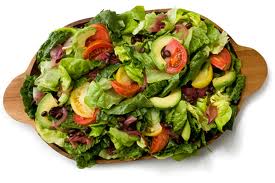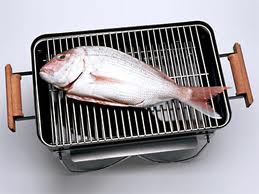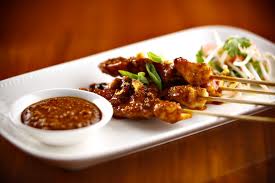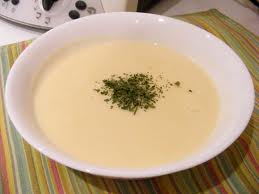It’s summer and juicy, ripe tomatoes are in season. It’s what we dream about in the depths of winter when all you can get are those mealy cellophane wrapped tomatoes that taste like sawdust. Then summer comes in with its the glorious abundance of plum tomatoes, beefsteak tomatoes, cherry tomatoes, you name it. In January and February we would kill for one of these. In Summer they are all over the place, and we can’t get enough of them.
The season for fresh-picked tomatoes is June through October, the bumper crop time. Tomatoes, besides being tasty, are actually good for you. They are an excellent source of vitamin C, as well as potassium. They also contain what are known as antioxidants (minerals and proteins) which help control blood pressure and prevent the development of such diseases as cancer, heart disease, and rheumatoid arthritis.. They can be fried, broiled, boiled, baked, and prepared in hundreds of ways. They not only bring taste, but also color and nutrition to any dish.
Given below are four simple tomato dishes. Just a sample of the ways you can enjoy this treat.
1. RAW TOMATO SAUCE
In a bowl, combine 1 1/4 pounds chopped plum tomatoes, 1 large handful chopped fresh basil leaves, 2 tablespoons chopped pitted black olives, 1/2 cup diced part-skim mozzarella cheese (or grated pecorino), 1 clove minced garlic, 4 tablespoons olive oil, 1 teaspoon red-wine vinegar, 1 teaspoon dried oregano, and salt and pepper to taste. Cover and let stand at room temperature for 1-2 hours to let the flavors mingle. And serve with freshly cooked pasta of your choice.
2. TOMATO AND OLIVE SALAD
In a bowl, combine about 1 pound diced tomatoes (or cherry tomatoes, halved), 1 bunch sliced scallions, 1/2 cup sliced pimento-stuffed green olives (otherwise known as Spanish olives), 2 tablespoons olive oil, 1 teaspoon red-wine vinegar, 1 teaspoon oregano, and salt and pepper to taste. Serve as a salad, with tortilla chips, or (my favorite) over steamed white rice as a veggie meal.
3. BAKED TOMATOES WITH CHEESE TOPPING
Cut four beefsteak tomatoes in halve horizontally. Top with a slice of mozzarella cheese or grated Parmesan, oregano, salt and pepper to taste. Drizzle with a little olive oil and bake in a preheated oven, 450 degrees F., until tender (about 15 minutes). Yield: 4 servings.
4. SALMON-STUFFED TOMATOES
Combine in a medium-sized bowl, 1 can (8 ounces) salmon, drained. Flake the salmon and combine with 1/4 cup mayonnaise (or salad dressing), 1 tablespoon chili sauce, 1/2 grated small onion, 2 teaspoons lemon juice, 1/2 teaspoon dillweed, 1/2 teaspoon Worcestershire sauce, and 1/8 teaspoon salt. Slice off stem ends of 4 medium tomatoes. Gently scoop out pulp, leaving 1/2-inch wall. Finely chop pulp and combine with salmon mixture. Stuff each tomato with the salmon. Place on a serving platter and chill. Before serving, garnish each with parsley sprigs. Yield: 4 servings.
There you have it, terrific and enjoyable summer tomatoes for picnics, barbecues or even a dinner. Go at ’em.




















